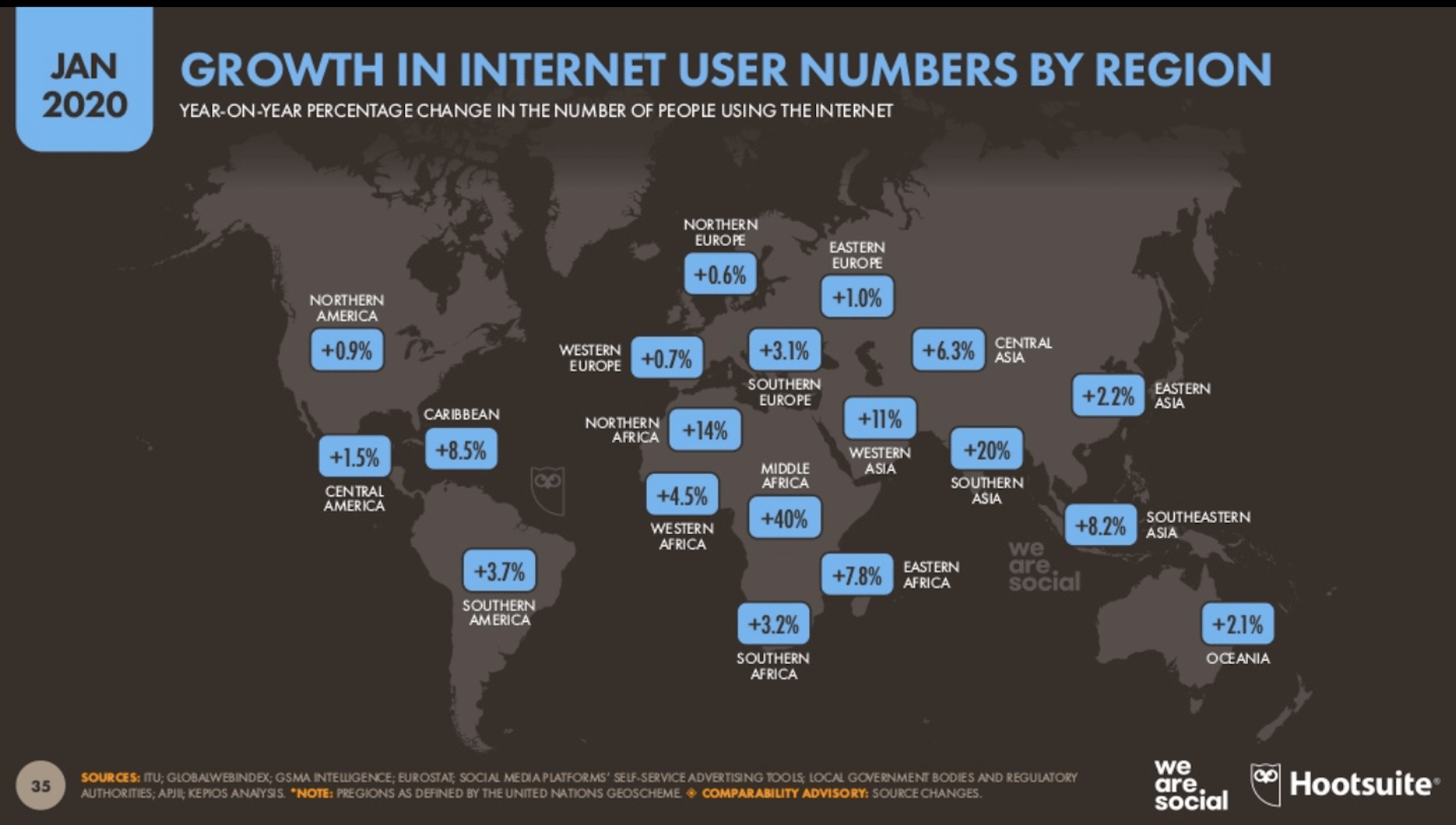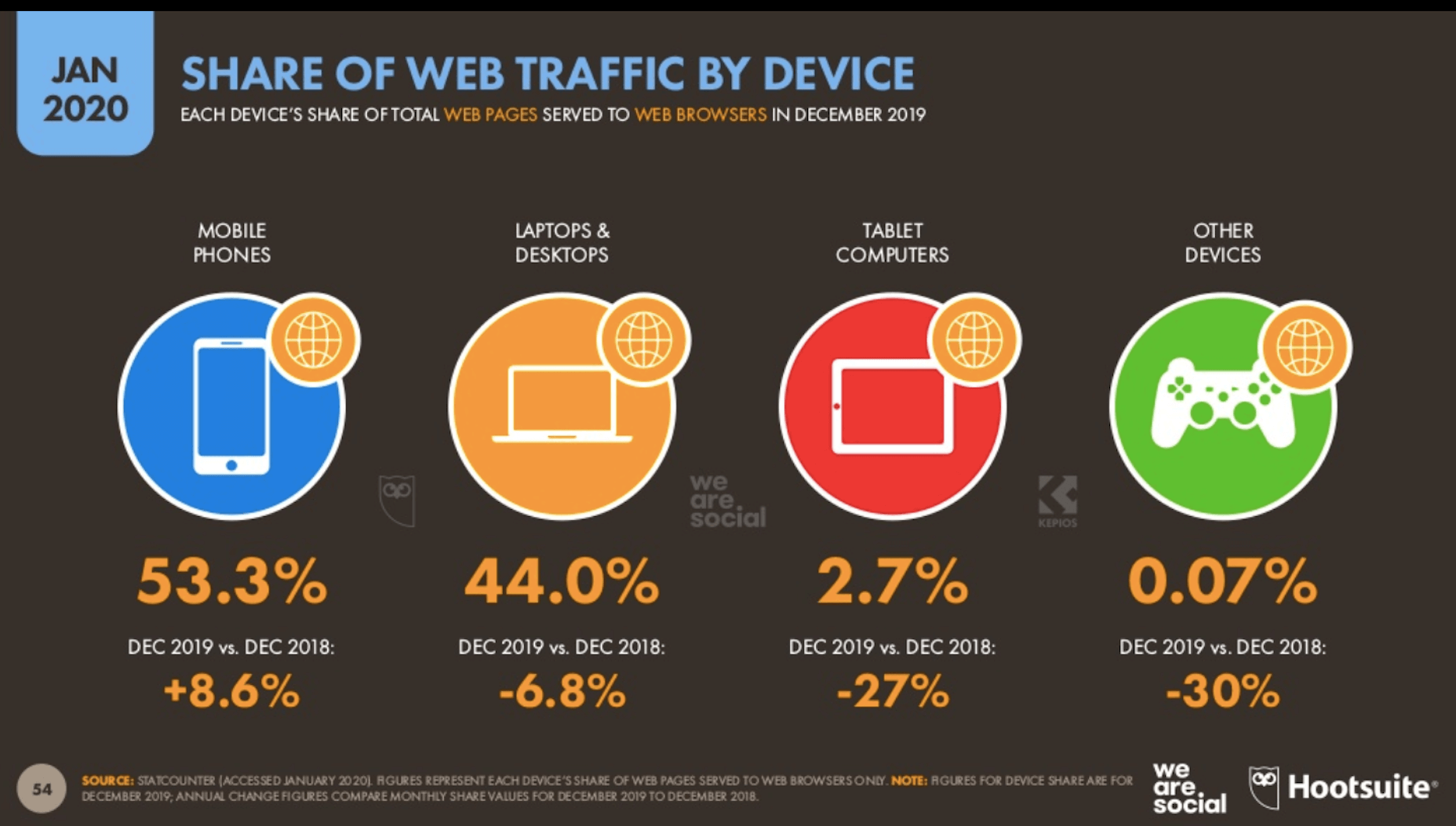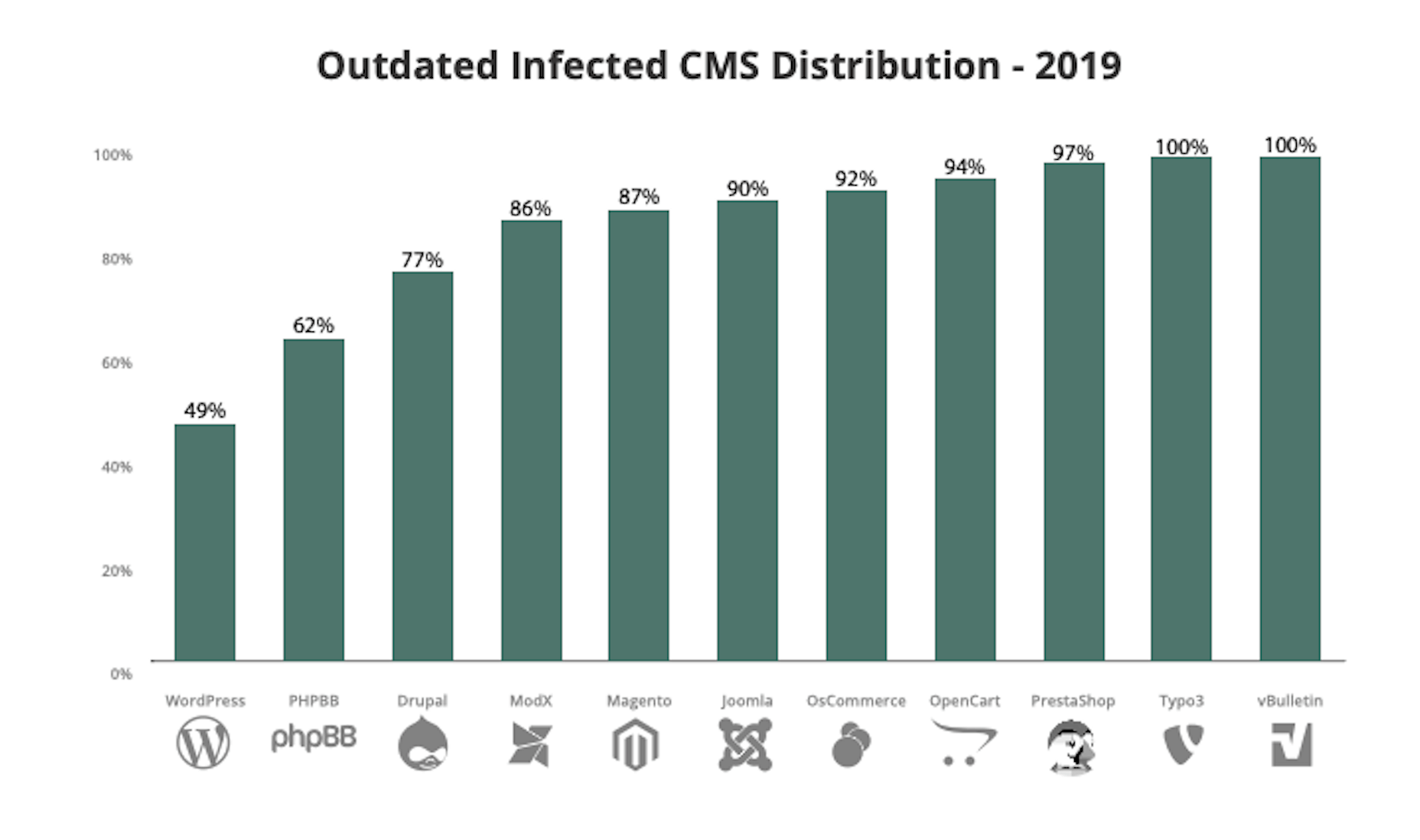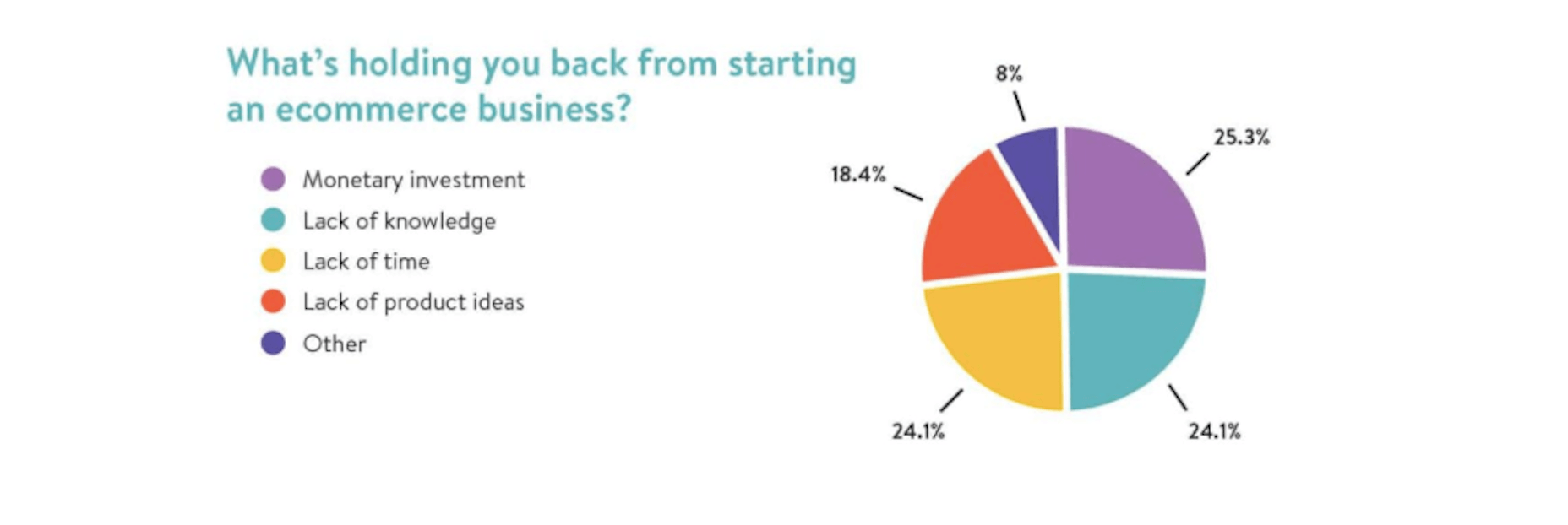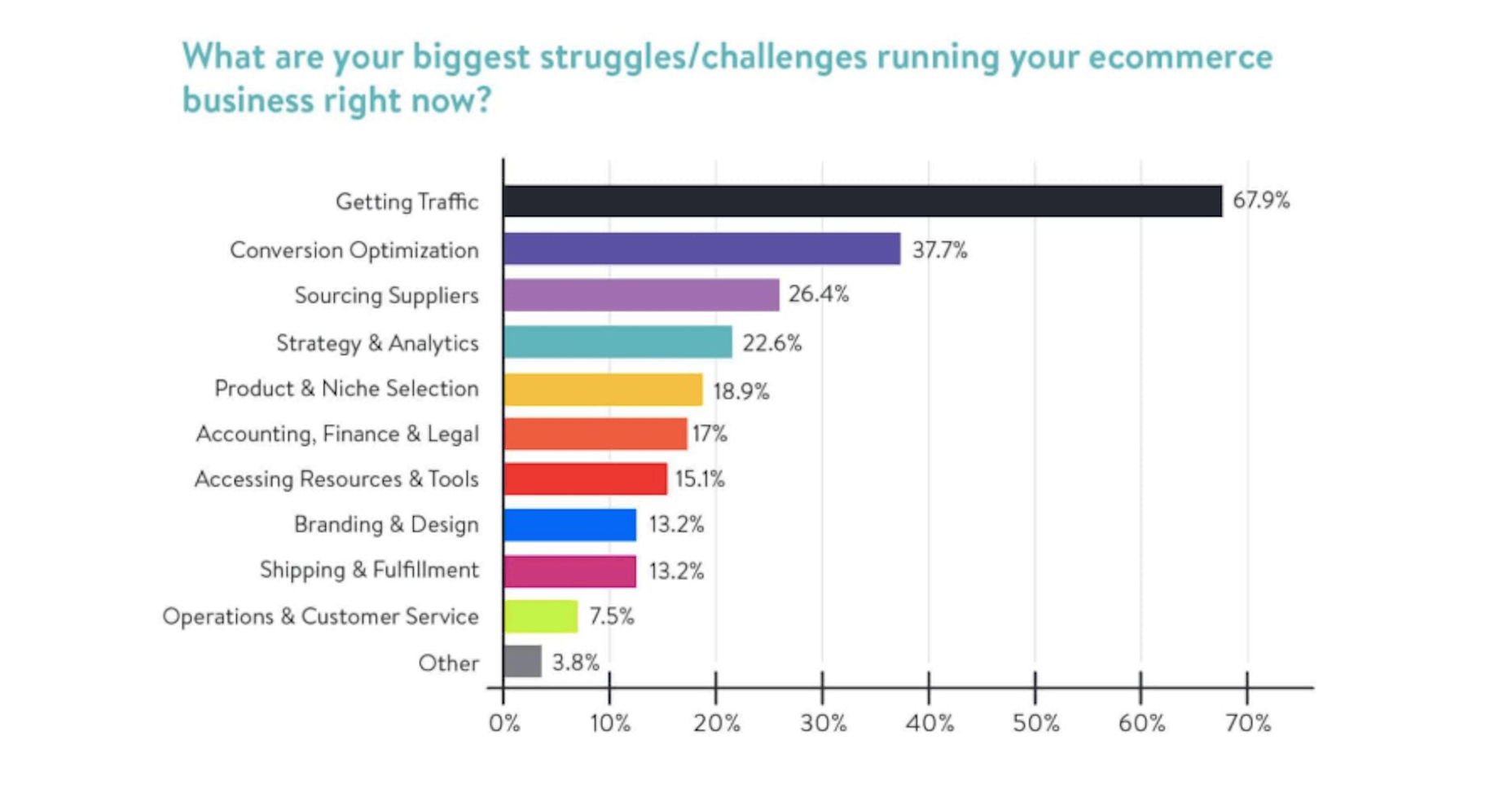The Latest Research for Web Designers, February 2020
In the following roundup of the latest research for web designers, I’ve included reports and surveys that shed light on: The battle between mobile and desktop, Why so many websites keep getting hacked, What’s keeping ecommerce business owners awake at night, and What Google is now saying about mobile-first indexing.
Hootsuite Puts a Spotlight on Mobile
Although Hootsuite is a social media marketing tool, its Digital 2020 report (created in conjunction with We Are Social) reveals much more about the state of marketing as a whole than just social media.
As of January 2020, the total number of users has reached 4.5 billion. That’s a 7% growth from the same period in 2019.
A huge contributor of that growth is the increased adoption of Internet-connected devices all around the world:
This graphic alone demonstrates why it’s crucial for websites to be able to cater to a global user base and not just those in developed nations.
Another telling statistic from this report shows how much more Internet users are coming to rely on their mobile phones:
Between December 2018 and December 2019, there was an 8.6% leap in the amount of mobile web traffic. Laptops and desktops shrunk in popularity during that same timeframe as did tablets, which saw a massive dip in usage.
It’s not just the amount of traffic on mobile vs. web that’s seen changes either. It’s the amount of time users spend on those devices. As a whole, consumers spend 6 hours and 43 minutes online every day; 3 hours and 22 minutes of which is from their mobile devices.
Key Takeaway
If you’re not already building progressive web apps for clients, 2020 may be the perfect time to learn how to do so. Not only do they provide a superior experience for mobile users, but they also are capable of serving users who may not have the best Internet connectivity or live in close proximity to your web servers.
Sucuri Reveals What Was Going on with Hacked Sites in 2019
The Sucuri Hacked Website Threat Report just came out with some interesting data on the state of web security.
Let’s start by looking at the integrity of the content management systems web designers commonly use:
Out of all the infected websites Sucuri found last year, 56% of them had an outdated CMS. As you can see above, some users do a better job of protecting their core by updating their CMS technology. Others… not so much.
It’s not just content management systems that users are failing to update either. More than two-thirds have websites using PHP versions that are no longer supported (i.e. 5.x and 7.0).
Then, there’s the fact that websites with vulnerabilities weren’t just found to have one vulnerability. 44% of vulnerable websites had at least two vulnerable components and 10% had four or more.
Considering this, it’s no surprise that once-infected websites have a tendency to be reinfected.
Key Takeaways
On average, Sucuri cleaned up 147 files and 232 database entries for every malware infection detected. Even if those numbers are improvements from previous years, think about how costly the cleanup is going to be for your clients if or when that happens to them.
So, rather than focus strictly on web design or development in the coming years, start thinking about how you can weave website security into the mix. Whether you want to provide maintenance services for live websites or you want to build security measures into a websites in development, it’s up to you.
But something needs to be done to fix this systemic issue.
A Better Lemonade Stand Shares Results from eCommerce Survey
For those of you working with ecommerce clients (or who want to), this survey from A Better Lemonade Stand is one to pay close attention to.
Right off the bat, the survey reveals that 62.1% of people who want to start an ecommerce business have yet to do so. As for why they haven’t, there are a variety of reasons given:
Pay close attention to these reasons as you can use them to sell your ecommerce design services as a solution:
- The monetary investment
- A lack of know-how
- A lack of time to do so
You can also use survey data from current ecommerce owners to better position your business before prospective clients:
Here you can see what ecommerce business owners report as their biggest struggles. Five of the top ten you can easily help them out with:
- Getting traffic
- Conversion optimization
- Strategy & analytics
- Branding & design
- Operations & customer service (through the website, at least)
Key Takeaway
You can present ecommerce business owners in the making with a cost-effective done-for-you option as well as proof of how quickly you can get them an ROI (like with a case study) if they’re really worried about cost. They need to see how your expertise will save them time and make them more money in the long run.
The same goes for clients with existing businesses. You now know what their top concerns are. If you see a flailing ecommerce site, use this knowledge to get the conversation started and to pose your own solution. Again, just make sure you have proof to back up what you promise to do.
Google Updates Mobile-First Indexing Best Practices
Think you know all that you need to know to design a mobile-first website? Well, Google just updated its mobile-first indexing best practices.
Here’s a high-level overview of what the new best practices state:
- If you’re using the robots metatag, make sure it’s the same for mobile and desktop.
- Use the same URLs for your mobile and desktop sites.
- Use the same content on mobile as you do on desktop. If you think there should be less content on mobile, just make sure that whatever is desktop-only isn’t critical for Google or visitors to know about as it won’t factor into indexing at all.
In other words, Google is strictly using mobile for the purposes of indexing. If you do anything that compromises what Google can scan on your mobile website, your rank will suffer as a result.
By keeping things consistent between mobile and desktop, you can reduce the chance of any issues arising.
Be sure to check out the full report for all of Google’s new recommendations. There’s information in there about what kinds of image and video formats to use along with information on lazy loading.
Key Takeaway
If you were adhering to Google’s former guidelines, it’s a good time to check back in with what it’s currently recommending. You may need to reconnect with old clients to let them know about the changes and to provide them with an update strategy.
Wrap-Up
There’s always new industry or consumer research that can help you do better work for your clients and make more money in the process. It’s just not always easy to keep your eyes peeled for it when you’re trying to focus on your job.
If you stay tuned to WebDesigner Depot each month, though, you’ll get a roundup of the latest research for web designers to give you a hand.
Featured image via Unsplash.
